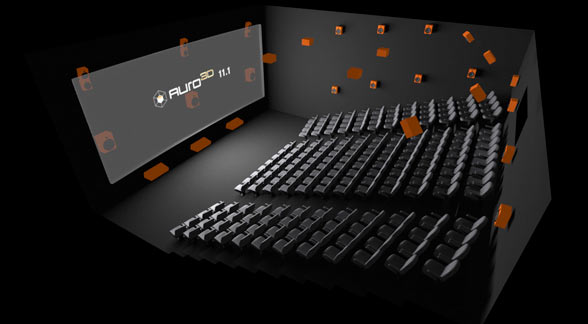Reverb in the Rear?
All recording include some form of reverberation. As we talked yesterday, it can be part of the sound of the performance space where the session was held, it can be added during the postproduction stage using analog or digital processors or it can be part of your own playback space.
The degree or amount of ambiance used can be varied as well and depends on the style and production aesthetics of the producer. Many of us will remember the “wall of sound” of producer Phil Spector or the heavy reverberated, new age sound of vocalist Enya. The real world ambiance of a performance space can be controlled by careful placement of microphones. The closer you put the mikes to the people making the music the less reverb there will be in the final result. Engineers and producers in favor of minimal miking techniques have to be very careful about where they place the mikes during their sessions because there is no way to change the balance of dry to wet sound after the fact.
MA Recordings, Chesky and 2L Records use this technique. But as the physics will tell you…the amount of the direct sound diminishes by the inverse square rule. If you move twice the distance from the sound source, the amplitude decreases by 4 times. In the late 70s and early 80s Will Ackerman’s Windham Hill moved microphones very close to the instruments and introduced a very intimate sound…especially of acoustic guitars (Michael Hedges and Will Ackerman were featured). The Windham Hill sound brought a hybrid approach to recording. Artificial reverb was added during the mixing stage of the productions.
Delivering music into a 5.1 surround system brings additional challenges to engineers and producers with regards to ambiance. Many writers adhere to the notion that the added speakers should carry only ambiance. However, the current disc formats allow producers to put multiple mixes of the same program on their releases. AIX Records is somewhat unique in that we give user choices (2.0 channel stereo, 5.1 “stage” and 5.1 “Audience”).
I choose to mix three different versions of each track on our productions because surround music is so new and established models of what is correct or “normal” haven’t yet been solidified. I’m personally partial to very aggressive, immersive surround mixes but respect that others may prefer a more traditional approach. With multiple mixes available on the discs AND on the iTrax.com HD-Audio download site, the user gets to have it their way.
The left and right surround speakers in a 5.1 surround system will always have some amount of reverberation but just how much direct instrumental sound coexists in these channels is up to the producer and mixing engineer. If you haven’t had a chance to hear the same piece mixed in these three different perspectives, you owe it to yourself to check out the new HD-Audio Sampler 2013 from AIX. It contains 41 sample tracks that can be listened to in three different ways.

